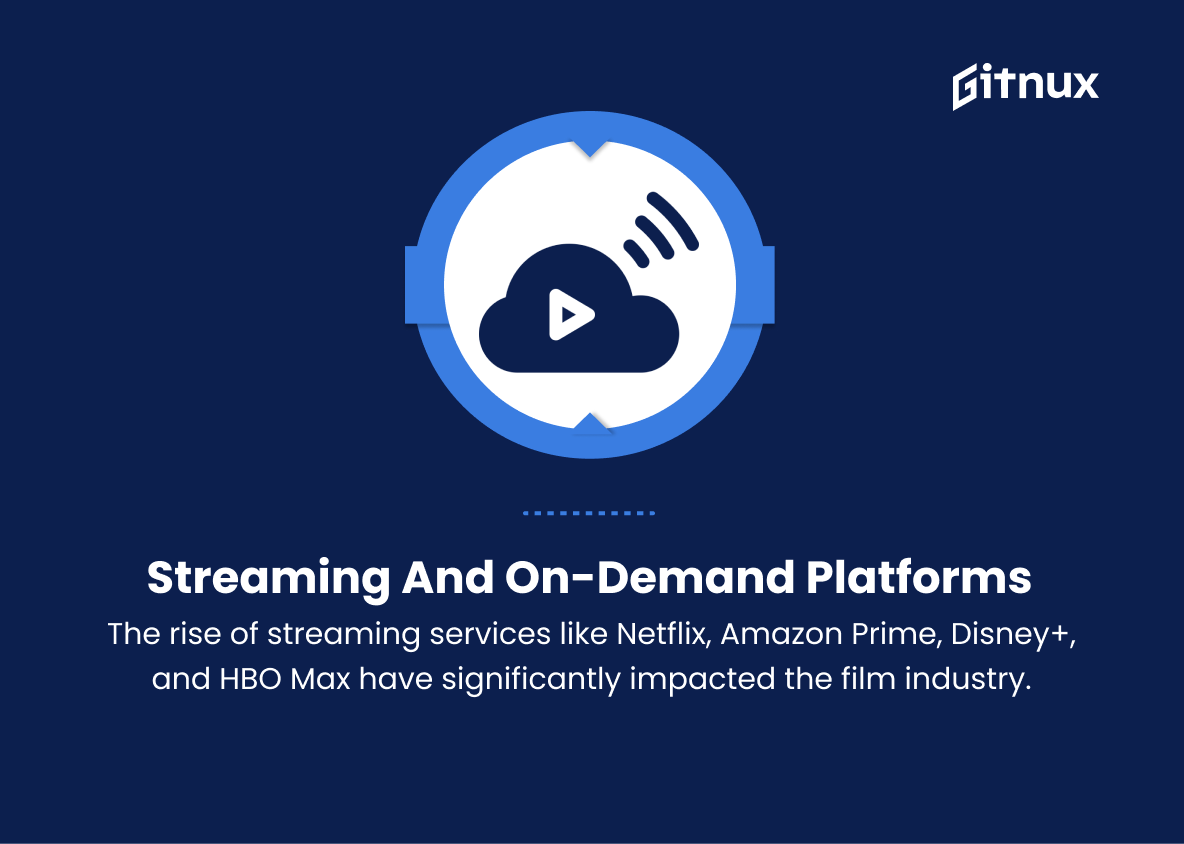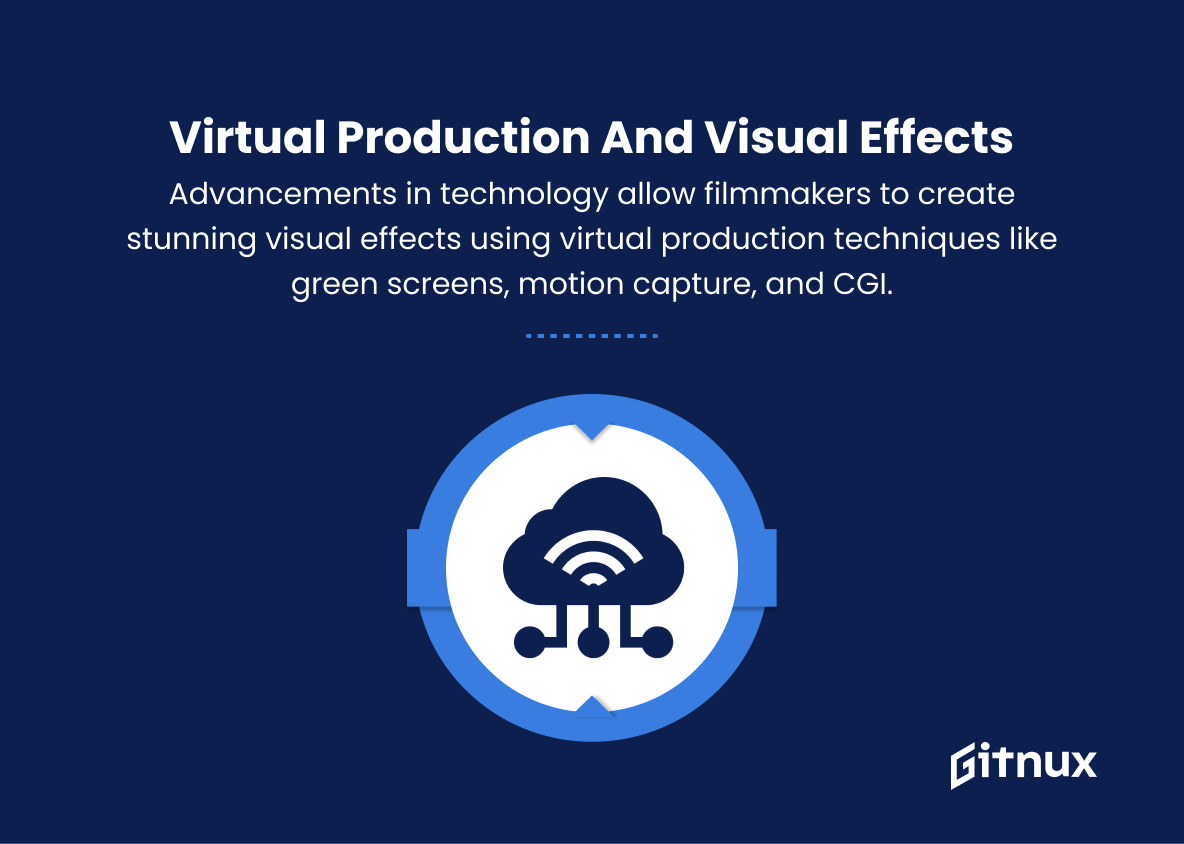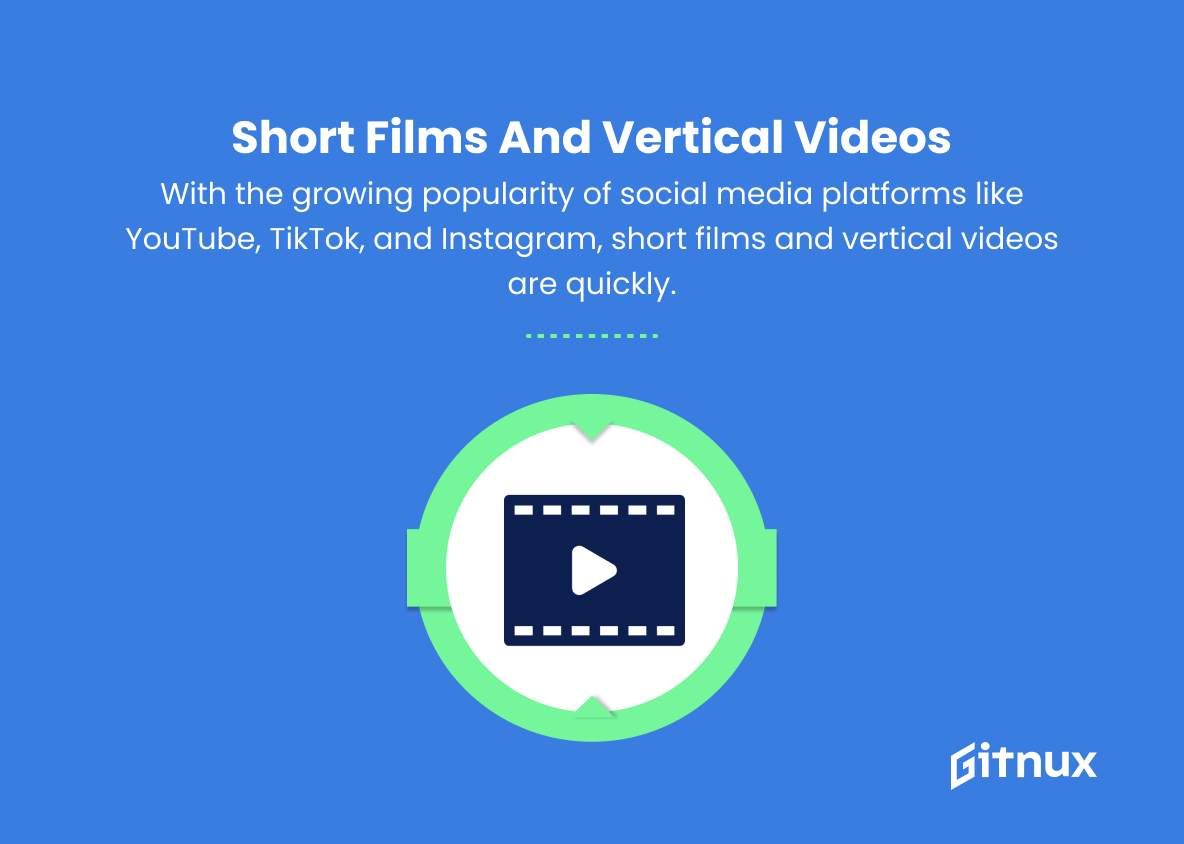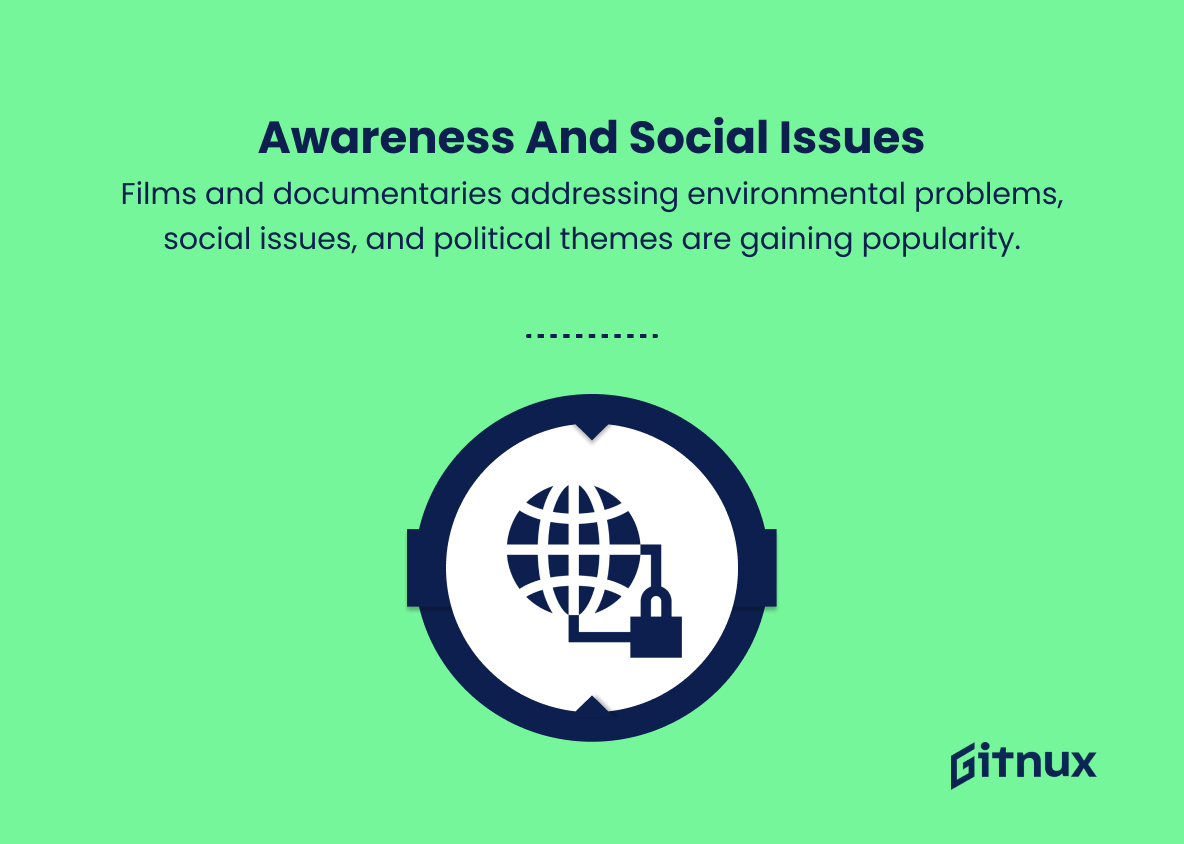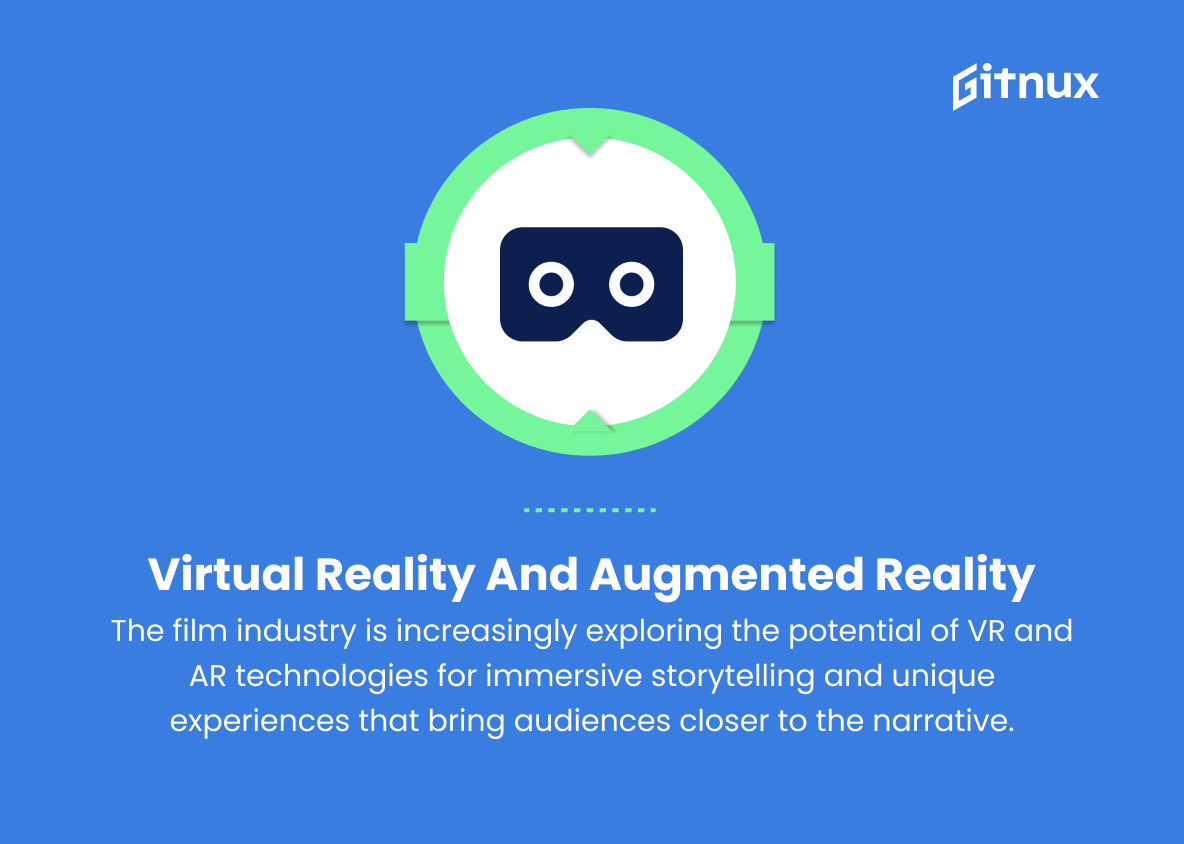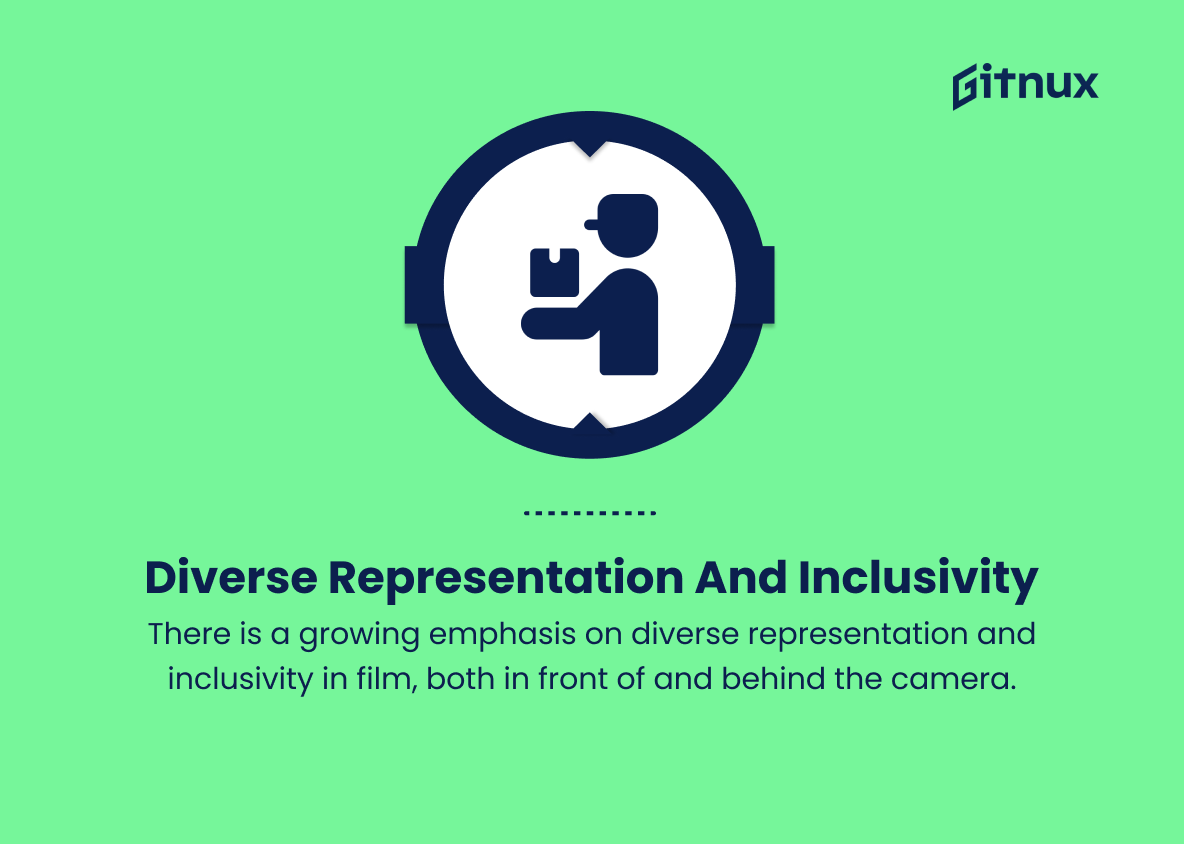In the ever-evolving landscape of entertainment, the film industry continues to witness remarkable transformations, driven by both technological advancements and changing audience preferences. With every passing year, emerging trends propel the industry to explore new heights of storytelling, visual artistry, and viewer experiences.
As we delve into today’s dynamic cinematic landscape, let us take a closer look at these current film industry trends and their potential impacts, paving the way for the future of cinema and its undeniable influence on our society.
Top Film Industry Trends
1. Streaming and on-demand platforms
The rise of streaming services like Netflix, Amazon Prime, Disney+, and HBO Max have significantly impacted the film industry. Traditional theatre experiences are now competing with these platforms as they provide convenience, affordability, and original content. Moreover, the pandemic has accelerated the preference for streaming services.
2. International content
Globalization has spurred the production and consumption of non-English films and television series, resulting in a more diverse and inclusive entertainment landscape. Talented filmmakers from around the world are capturing global audiences, such as the massive success of the South Korean film Parasite and the Spanish television show Money Heist.
3. Superheroes and franchises
The film industry has seen an explosion of superhero movies and franchises, including the Marvel Cinematic Universe and the DC Extended Universe. The consistent box-office success of these franchises has encouraged studios to invest in similar projects aimed at capturing large audiences.
4. Virtual production and visual effects
Advancements in technology allow filmmakers to create stunning visual effects using virtual production techniques like green screens, motion capture, and CGI. Films like Avatar and The Lion King remake are notable examples of this trend, which allow for the creation of immersive and realistic worlds.
5. Artificial intelligence and machine learning
AI and machine learning are being utilized in the film industry for various purposes, including scriptwriting, casting, editing, and marketing. AI can provide insights into audience preferences, predict box-office performance, and even generate unique content.
6. Short films and vertical videos
With the growing popularity of social media platforms like YouTube, TikTok, and Instagram, short films and vertical videos are quickly gaining traction as filmmakers adapt to new forms of storytelling and the attention span of modern audiences.
7. Interactive storytelling
Interactive content and choose-your-own-adventure films offer audiences the opportunity to engage with and influence the narrative directly. An example of this trend is Netflix’s Black Mirror: Bandersnatch, which allowed viewers to make decisions for the main character throughout the film.
8. Environmental awareness and social issues
Films and documentaries addressing environmental problems, social issues, and political themes are gaining popularity as audiences seek substantial, thought-provoking content. Examples include An Inconvenient Truth, Spotlight, and The Social Dilemma.
9. Virtual reality and augmented reality
The film industry is increasingly exploring the potential of VR and AR technologies for immersive storytelling and unique experiences that bring audiences closer to the narrative.
10. Industry consolidation
In recent years, there have been several significant mergers and acquisitions in the industry, such as Disney acquiring 21st Century Fox and AT&T’s acquisition of Time Warner. This consolidation trend results in more extensive market competition and the growth of mega-conglomerates in the media landscape.
11. Diverse representation and inclusivity
There is a growing emphasis on diverse representation and inclusivity in film, both in front of and behind the camera. This push for diversity is not only a response to audience demand, but also a recognition of the importance of representing the full spectrum of human experience in storytelling.
Implications
The film industry is currently experiencing a transformative period due to numerous emerging trends that impact the way movies are created, consumed, and distributed.
Streaming and on-demand platforms, along with a surge in international content, contribute to a more diverse and easily accessible entertainment landscape. The prevalence of superhero movies and franchises drive box-office success, while advancements in virtual production and visual effects elevate the possibilities for storytelling. The incorporation of artificial intelligence and machine learning in various stages of filmmaking streamlines production and tailors content to audience preferences.
In response to the shift in social media use, filmmakers are embracing short-form content and vertical videos, as well as experimental storytelling methods such as interactive experiences. The film industry is increasing representation and inclusivity in storytelling, while also exploring pressing environmental and social issues through documentaries and movies. With the integration of virtual reality and augmented reality, filmmakers are continuing to push the boundaries of immersive storytelling.
Industry consolidation has led to the formation of major conglomerates and heightened competition, leaving the sector to adapt to these evolving conditions or risk being left behind. The cumulative effect of these trends is a rapidly evolving film industry that continues to expand and redefine the parameters of creativity and entertainment.
Conclusion
In summary, the ever-evolving film industry is a fascinating reflection of technological advancements, shifting audience preferences, and innovative storytelling techniques. Movies are always changing, and the trends we’ve seen prove it.
Diversity and inclusion are becoming more important, streaming services are more popular, international films are gaining prominence, and documentaries are making a comeback. These trends show how cinema is always evolving and adapting to new circumstances. As we keep our fingers on the pulse of the film world, we can not only anticipate and adapt to changes, but also contribute to the ongoing metamorphosis of this powerful medium.
While the future of the film industry may be uncertain in some aspects, one thing is clear: it will continue to be driven by the creative vision of artists and storytellers who challenge norms and seek to captivate us in new and captivating ways.
